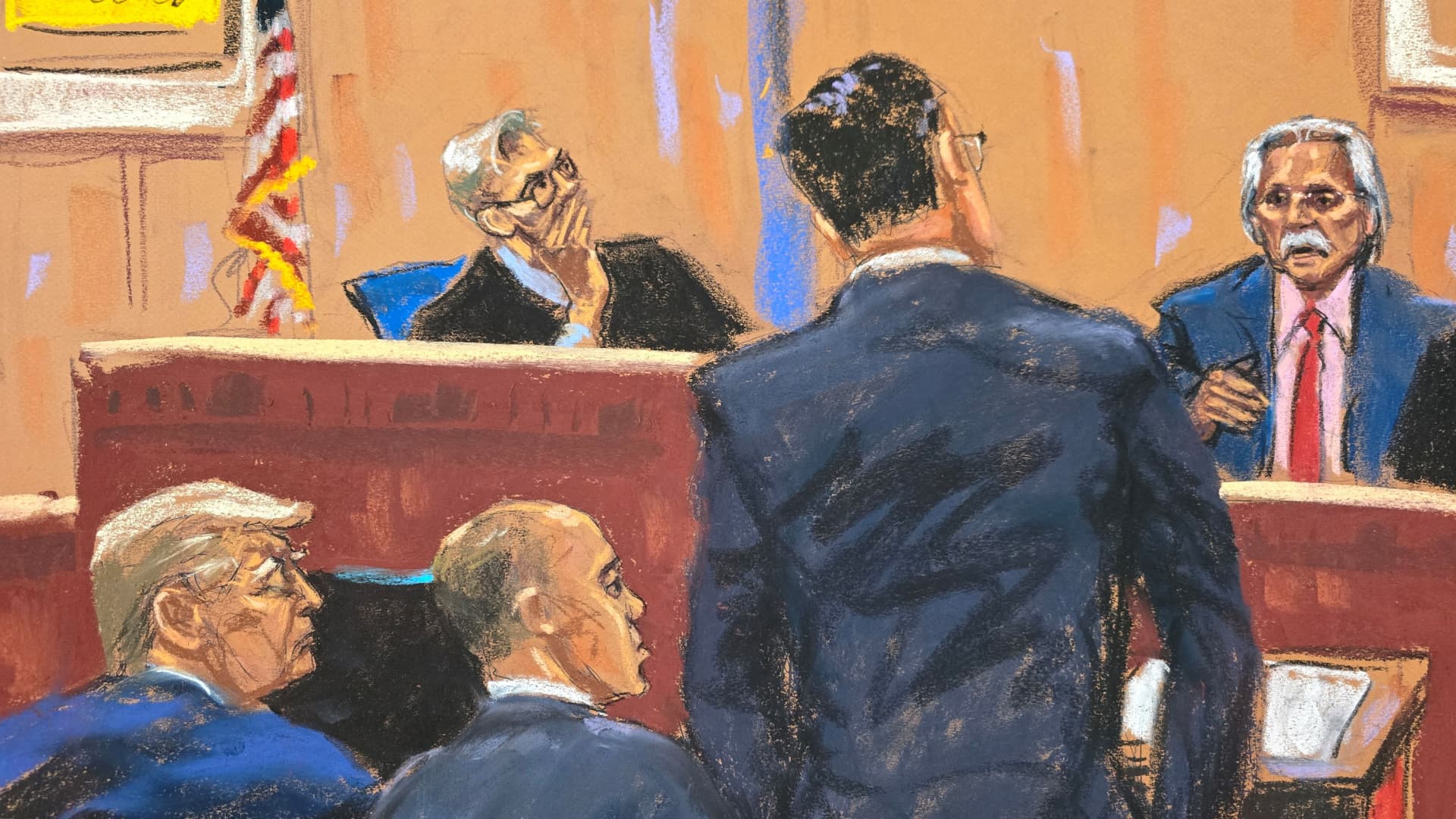One in four of us is now living under some form of tighter COVID-19 restrictions.
The prime minister may say that a national lockdown is the nuclear option that he doesn’t want to resort to – but for millions of people who can’t meet other households indoors, the red button has already been pressed.
But is the strategy working?
It’s an issue we’ve been investigating for this week’s Sophy Ridge On Sunday, combing through the data and speaking to local leaders.
The “whack-a-mole” approach, as the PM describes it, involves keeping the virus at bay by hitting local areas with restrictions when infections rise.
The trouble is, once stricter restrictions are imposed on particular regions they are rarely lifted – because infection rates keep rising.
Leicester is the only area to record fewer cases than when the measures were implemented.
Boris Johnson recently gave Luton as an example of local lockdowns working. But although it was released from lockdown after a few days when cases started to fall, they have since started rising and are now above their original level.
In Greater Manchester, where we have focused for Sunday’s show, things are bleaker.
After enduring nine weeks of increased restrictions, the number of cases has gone up four fold in that time.
When restrictions were brought in, Greater Manchester was seeing between 100 and 150 new cases of COVID-19 each day.
But in recent weeks that number has risen sharply – reaching 826 just 10 days ago.
Some of this rise is down to increased testing of the local population – but not all. The proportion of coronavirus tests returning a positive result has also gone up – suggesting that the increased spread of COVID-19 is genuine.
According to Andy Burnham, the Mayor of Greater Manchester, postcode lockdowns are the new Hotel California – once you’re in, you can never leave.
“If we are being fair the restrictions had an impact initially,” he told me. “They dampened cases and helped bring them down.”
But the effectiveness is limited the longer the lockdown goes on, he argued, and cases have since increased.
“Local restrictions should come with a local control of test and trace. It still isn’t working. If it was under local control at least our destiny would be in our hands. We’d have an incentive to get out of the restrictions. Right now we feel powerless.”
So why aren’t cases coming down in Greater Manchester, despite nine weeks of restrictions?
Are people simply ignoring the rules?
Mr Burnham admitted that “there are always going to be some people who don’t comply.”
But he argues that the dissonance between national messages and local restrictions (for example the rule of six is different in Greater Manchester) creates confusion.
He believes we are now at “a tipping point” and the government is at risk of losing people’s support for the measures in the north of England.
People in Bolton and Greater Manchester told us about the difficulties of being under such strict rules for so long, talking about their loneliness, their fear for isolated relatives, how hard they find it not being able to go to church or to attend family birthday parties.
Others hinted at a lack of compliance and exasperation – “it feels like people don’t care any more”…. “people aren’t keeping their distance in shops”… “all my mates are going out and stuff, I don’t think it has worked”.
Whether it’s because of the messaging – genuine confusion – or people frankly just not following the rules… the figures suggest that local restrictions aren’t working in the way the government hoped.
The question now – is what do they do about it?
Watch Sophy Ridge On Sunday live from 8.30am on Sunday, followed by Sophy Ridge: The Take at 9.30am







